What does it mean when we speak of “intermodal drayage”? What makes it so crucial? In what ways does employing it improve your life? Transportation between rail and truck terminals, known as intermodal drayage, is an essential part of the shipping business. With both extended- and short-haul transportation options, this service is critical to maintaining a fluid supply chain.
To learn more about intermodal drayage, how it may help you, and why it’s crucial read our in-depth explanation below!
What Is Intermodal Drayage?
The word “intermodal drayage” refers to transporting cargo by more than one method of transportation. The term “drayage” originated in the shipping sector before the widespread use of trucks. The first dray carts employed horse-drawn carts to transport heavy cargo over short distances.
Shipping, trucking, flying, and rail travel are often synonyms for “intermodal service” today. Drayage still refers to transporting goods over relatively short distances, but the term has come to encompass the whole shipping operation. At first, the drayage phase relied primarily on trucks.
However, with the rising price of gasoline and the time it takes to make a shipment move farther distances with two or three stops plus storage, shippers have created other more efficient means of transporting their goods.
The Meaning of Intermodal Shipping
When large items are transported using multiple transport modes in steel containers, this is known as intermodal transportation. Today, this method of transporting commodities is commonplace.
Planes, trains, ships, and trucks can all be used to convey shipping containers.
Intermodal transport deals with the standardized containers instead of switching cargo from one truck to the next. Advantages include fewer delays in shipping and receiving the items and a higher level of security for the products themselves.
Using the concept of intermodalism, logistics firms and international organizations have sought to connect the many forms of transportation. Subsequently, containerization and the standardization of international container sizes made intermodal transport even more profitable by facilitating simple handling between modal systems.
As a result, transport via several modes has become increasingly important in the logistics and supply chain world. Because of its importance to the global shipping and trucking industries, this concept is critical knowledge for every logistics professional.
What Is an Intermodal Container?
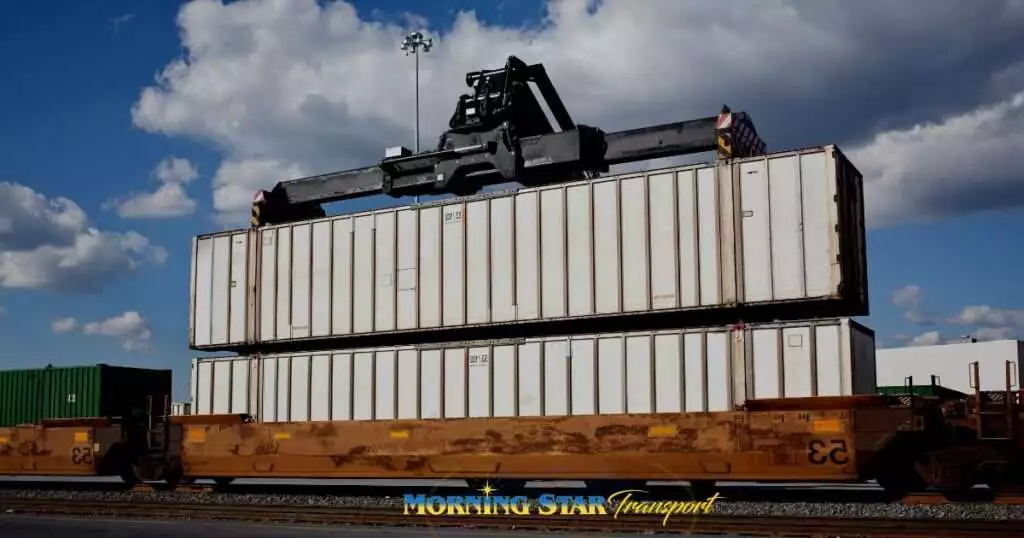
It is not necessary to unload the contents of an intermodal container while switching between modes of transportation. These containers are versatile enough to be easily fastened to the back of a short- or long-distance truck, attached to a railcar for rail travel, or stacked and locked for canal transit.
What makes this process “intermodal” is that the container can be loaded at one location and then used for transfer via many modes of transportation. Using an intermodal container eliminates the need to transfer the contents of one container into another during different transit stops. Since individual items will be handled less, the items will be safer in transit inside their shipping container, reducing the amount of potentially damaged goods.
What Makes Intermodal Drayage the Right Option?
Over the years, trucks have become the primary mode of long-distance ground transport. Due to rising fuel costs and increased safety regulations, the trucking industry can no longer rely on trucks alone.
Current shipping practices reflect a shift in emphasis that places greater value on efficient and more gentle methods in regards to the environmental and economical standpoint.
There has been a massive investment of billions of dollars into retooling rail lines for intermodal use. This includes the construction of new intermodal terminals and the replacement of outdated tracks.Trucks move goods to and from the train at the beginning of a transfer and again at its completion. Since a locomotive consumes less diesel than a vehicle, choosing rail transportation for the majority of the journey can help you save money.
All these new improvements and more eco-friendly options are what make using intermodal drayage an excellent option for anyone who needs goods transported.
Top 3 Benefits of Using Intermodal Drayage
Intermodal drayage has become a crucial aspect of the logistics and shipping sector as a result of the capacity to combine numerous modes of transportation with short-haul shipping methods. There’s been an uptick in the number of businesses employing this service because of its many positive effects on productivity, finances, and the natural world.
The use of intermodal drayage comes with a number of advantages, some of which are listed below:
Cost Savings
The shipper’s estimated costs are the primary factor in determining the mode and manner of freight transport. Transporting cargo by train or ship is much more cost-effective than trucking it across large distances. A single train or freight ship may carry more containers than a semi-truck can.
They can be transported over the same distance in less time and with less energy. When taken together, these variables reduce transportation costs. However, the option to combine intermodal transport with local trucking significantly cuts down on expenses.
Shipping freight to several locations requires a truck because any other technique is too expensive or impracticable. Trucks can go where most trains and ships can’t get because of the country’s extensive road system. Also, by using a drayage service, you can save money on container and chassis rentals and on demurrage and detention fees.
Influences on the Environment
In current modern day practice, businesses are showing a growing interest in enacting policies that produce a less harmful impact on the environment. So if you’re trying to reduce your carbon footprint and your vehicle’s contribution to pollution, shipping your goods by rail instead of truck is a great option.
Train cars and cargo ships can carry far more shipping containers than trucks can, and they can do it while emitting much less carbon dioxide. Transporting goods far away after arriving at an intermodal hub is optional.
Intermodal drayage is a green alternative for environmentally aware shippers because the trips use less polluting modes of transportation.
Provides a Secure Environment
Even though ports and rail terminals are usually bustling with activity, the current exceptional amounts of cargo being moved and an ongoing container scarcity have caused unprecedented congestion. While the supply chain is in motion, intermodal container companies must constantly evaluate the risks of theft and accidents.
In order to maintain vigilance and speed of delivery, shippers have increased security and smart measures. Although it may seem like an unnecessary source of tension, multimodal transportation serves to improve security in numerous ways.
When it comes to delivering hazardous commodities, the advantages of rail over-the-road vehicles become very apparent. Furthermore, less handling during intermodal transport provides less opportunity for theft.
Intermodal Drayage: Why Is It Important?
As important as it was in the past, intermodal drayage is even more crucial now for ensuring a smooth flow of commodities from ports to distribution centers. Moreover, due to technological advancements, intermodal drayage became even more essential to keep items moving after the development of modern container ships.
The container ship was developed to facilitate the transportation of more products at a faster rate than was previously possible via long-distance trucking or rail. Typically, you pack a ship full of standard-sized containers, sail to the nearest major port, and unload.
It is also common practice to ship containers worldwide. Each port stop requires swift unloading, transfer to a chassis, and onward transportation to final destinations. Intermodal drayage is the core function that helps connect the entire world and allows global trade to flourish.
Get Intermodal Drayage Solutions With Morning Star Transport LLC
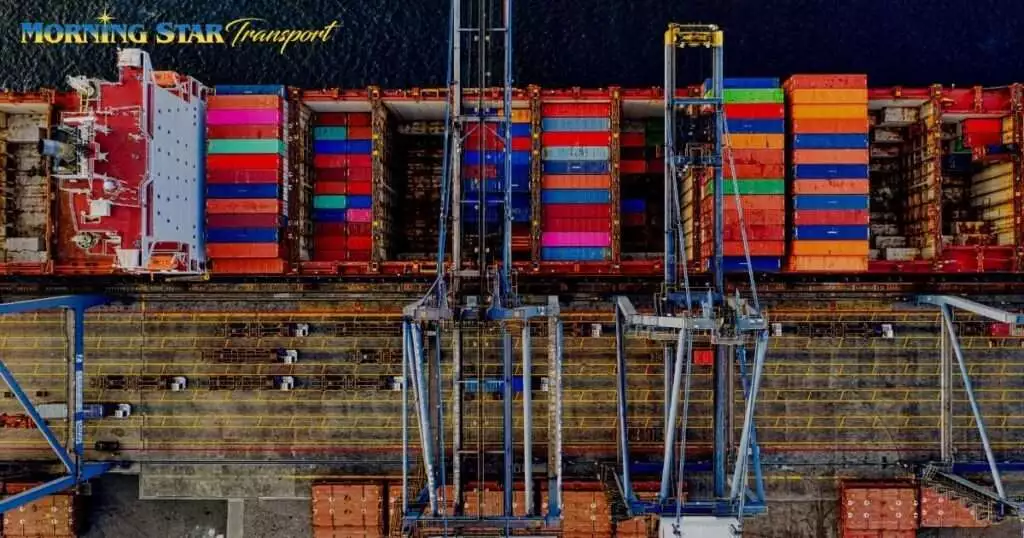
Some benefits of intermodal shipping include fewer expenses, accelerated transit times, increased product security, and reduced environmental impact. Given these substantial benefits, intermodal transport has quickly replaced other modes of transportation as the transportation method of choice among logistics firms. As a result, we should expect a rise in the use of intermodal transport in the coming decades as the volume of international e-commerce continues to expand.
We at Morning Star Transport LLC provide unmatched intermodal drayage services to move your freight from A to B at the lowest feasible rate. Our intermodal drayage staff has many years of experience safely carrying loads of various shapes and sizes.
Get in touch with our team at Morning Star Transport immediately for a free quote and more information about our services. You can also find us on Facebook & Linkedin.
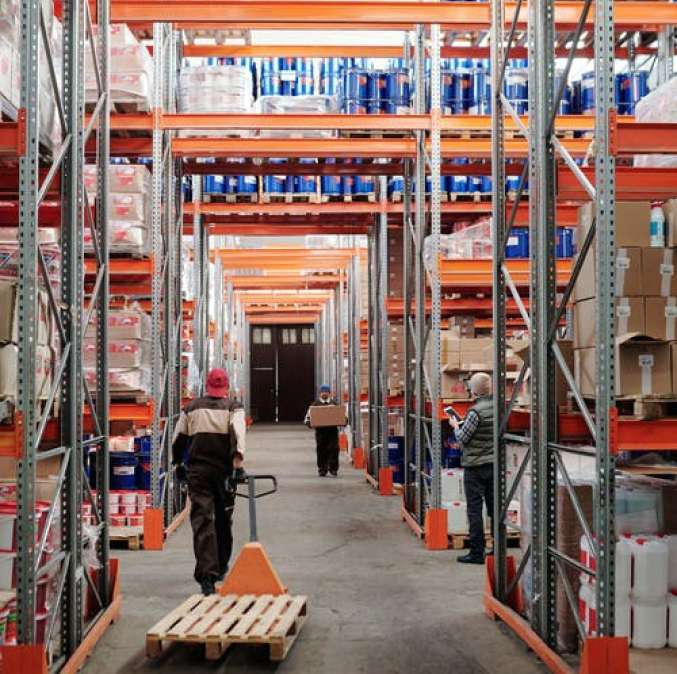

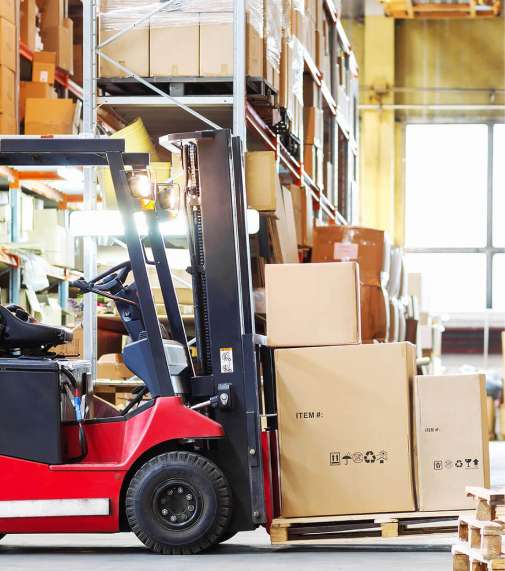
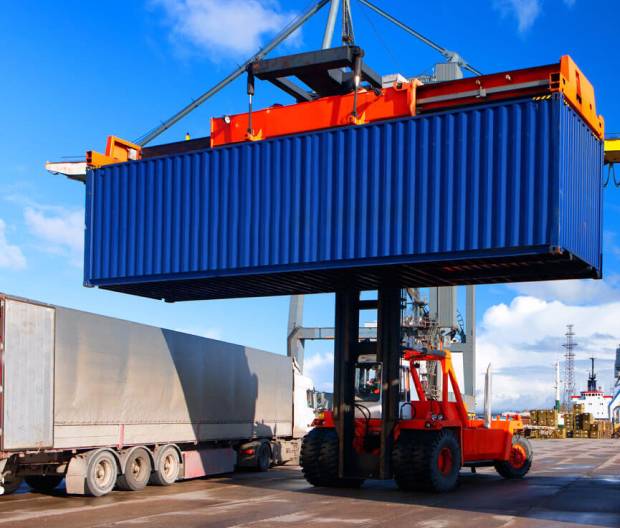
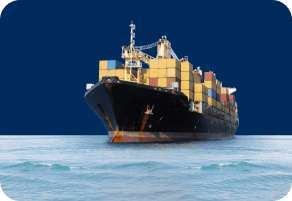
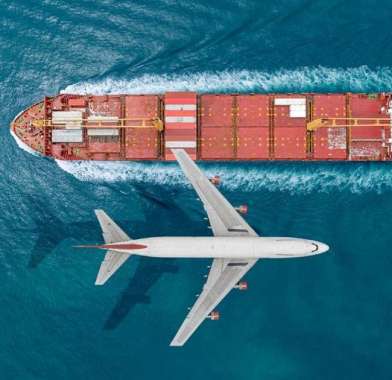
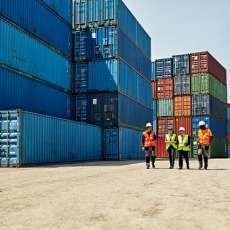

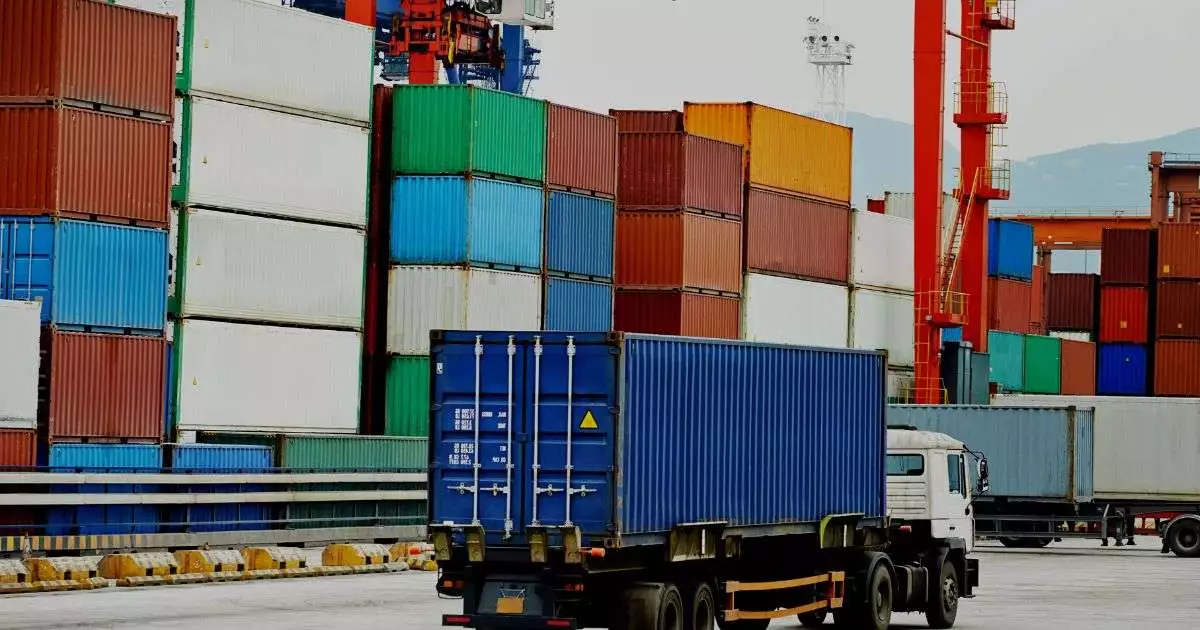
 iMedPages
iMedPages